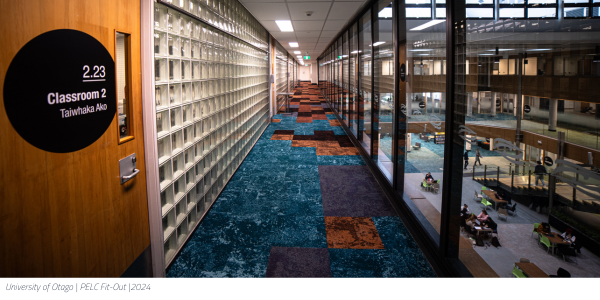
Design and Build
1 April 2024
ShareDesign and Build vs. Traditional Construction: Which is Right for Your Project?
Choosing the right construction method is crucial for the success of any commercial project. Among the most popular approaches are Design and Build and Traditional Construction. Both methods have their own unique advantages and challenges, and the right choice depends on your specific project needs.
What is Design and Build?
Design and Build is a project delivery method in which a single entity is responsible for both the design and construction of a project. This integrated approach fosters collaboration and streamlines the entire process.
Design and Build is commonly used in scenarios where time is of the essence and efficiency is paramount.
- Single Point of Responsibility: One entity, typically a contractor, handles design and construction.
- Integrated Team Approach: The design and construction teams work together, ensuring better communication and coordination.
Traditional Construction
Traditional Construction is a more segmented approach. The design and construction phases are separate, and different entities are responsible for each. Traditional Construction is often preferred for projects where owners want more control over the design details.
- Separate Entities: An architect or designer creates the project plans, and then contractors bid on the project to execute the construction.
- Sequential Phases: Design and construction are distinct phases that occur one after the other.

Key Differences Between Design and Build and Traditional Construction
Project Timeline
Design and Build: The overlapping design and construction phases can lead to faster project completion. This streamlined process reduces the time needed to move from concept to completion.
Traditional Construction: This approach's sequential nature can result in longer project timelines. Each phase must be completed before the next begins, potentially causing delays.
Cost and Budget Management
Design and Build: Early contractor involvement allows for more accurate cost estimation and better budget control. This method often leads to cost savings by identifying cost effective solutions early on.
Traditional Construction: Competitive bidding can help control costs, but the separation of design and construction can sometimes lead to budget overruns due to miscommunication or unforeseen changes.
Collaboration and Communication
Design and Build: With an integrated team, communication is seamless, leading to fewer misunderstandings and more cohesive project execution.
Traditional Construction: Separate contracts for design and construction can lead to potential miscommunication and coordination challenges, impacting project outcomes.
Risk Management
Design and Build: The single point of responsibility simplifies risk management. The same team addresses any issues, ensuring quicker resolution.
Traditional Construction: Separate liability for design and construction can complicate risk management. Disputes over responsibility for issues can delay project progress.
Flexibility and Control
Design and Build: This method allows for streamlined changes and quicker decision-making. However, owners may have less control over design details.
Traditional Construction: Owners have more control over the design but may face delays when changes are needed during construction.
Your Project
If you're unsure which construction method suits your upcoming project, talk to us. With our in-house design team, Cook Brothers Construction can provide the guidance you need to evaluate your options and make an informed decision. Whether you have design and build or traditional construction questions, we're here to help you align your project goals with the most suitable approach.
Contact us today to ensure the success of your project from concept to completion.

